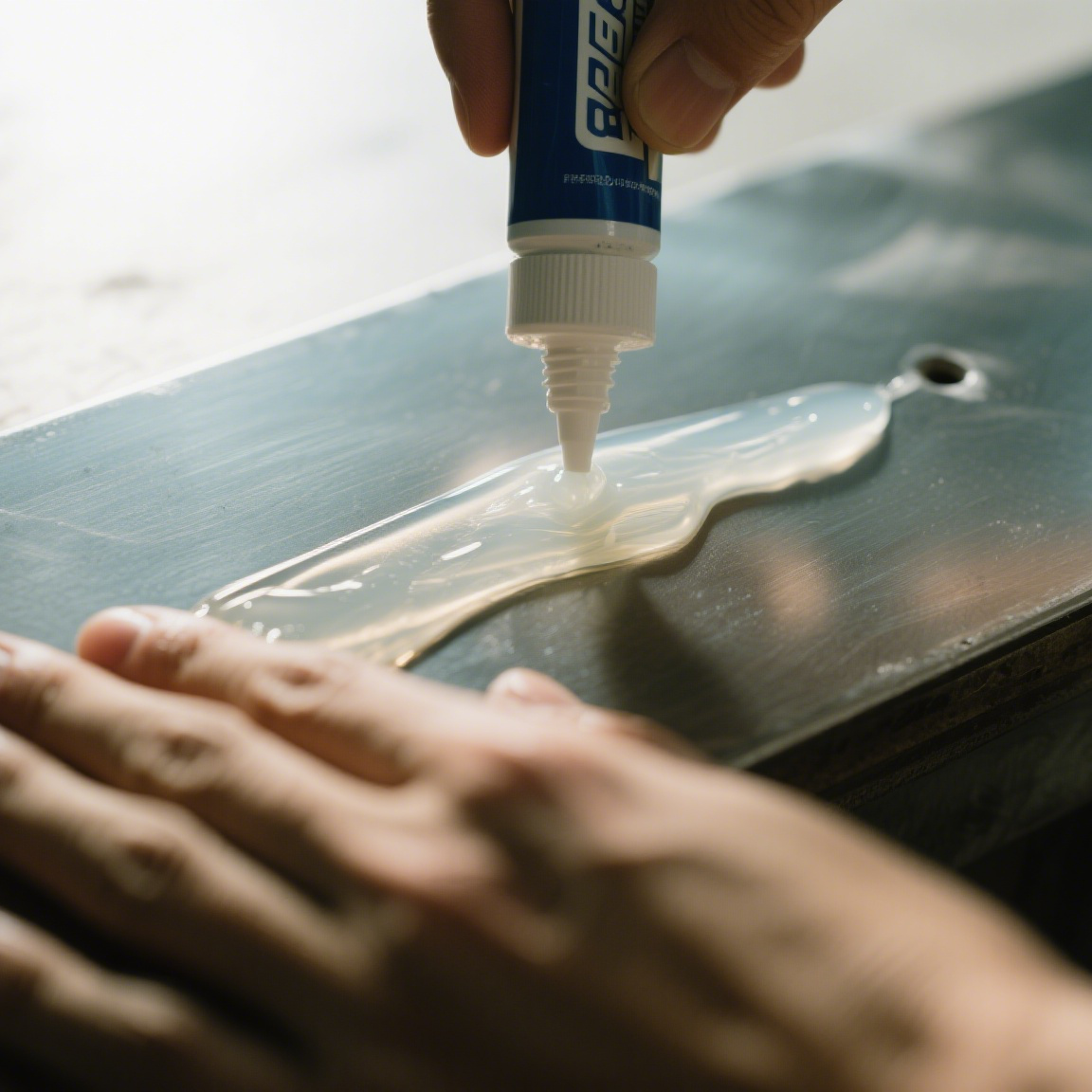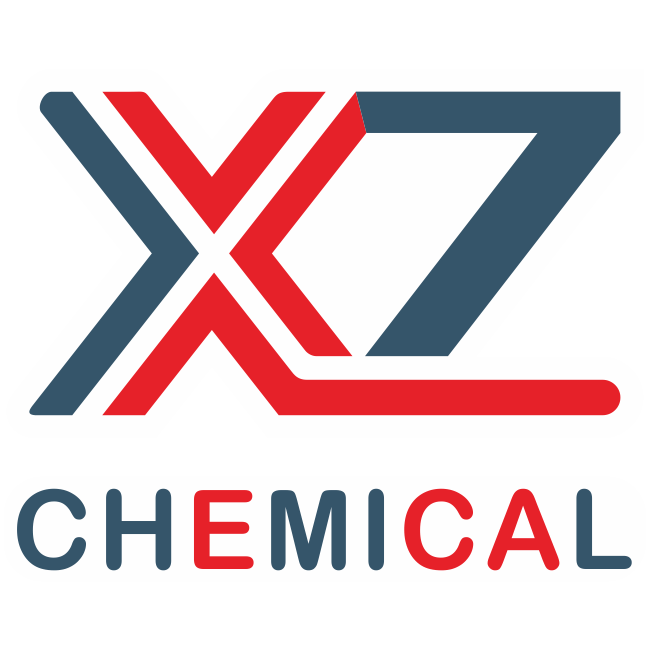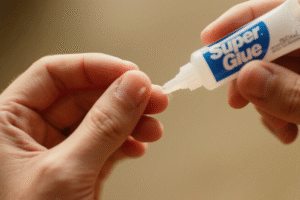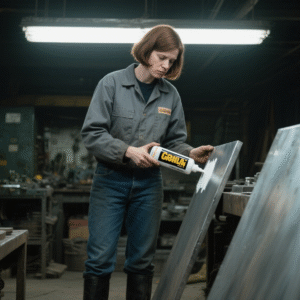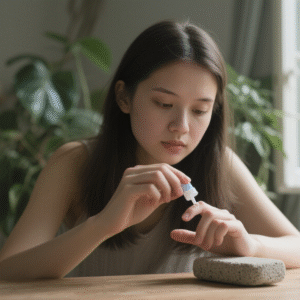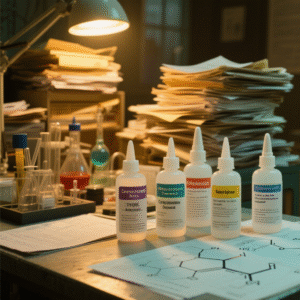How Can You Effectively Clean Stubborn Gorilla Glue Messes?
May 22, 2025 • by XZ Chemical
How Can You Effectively Clean Stubborn Gorilla Glue Messes?
Gorilla Glue is a fantastic adhesive, but spills can be a real headache. Once it dries, you might think it’s there forever, causing frustration.
To clean Gorilla Glue, act fast with soapy water for wet spills. For dried glue, carefully use mechanical scraping or solvents like acetone, depending on the surface and how much it has cured.

Cleaning Gorilla Glue properly depends a lot on timing and the surface it’s on. But beyond just cleaning, understanding adhesives involves knowing how they work on different materials. Many of us also use super glue, which brings its own set of questions. Let’s explore some common challenges with these powerful glues.
Can Super Glue Really Bond Metal Surfaces Effectively?
You need a quick metal repair and super glue is handy. But you worry the bond won’t last or hold under pressure, leaving you with the same problem later.
Yes, super glue can bond metal. For a strong, lasting bond, you must prepare the metal surface by cleaning and roughening it. Some super glue formulas are also better suited for metal applications.
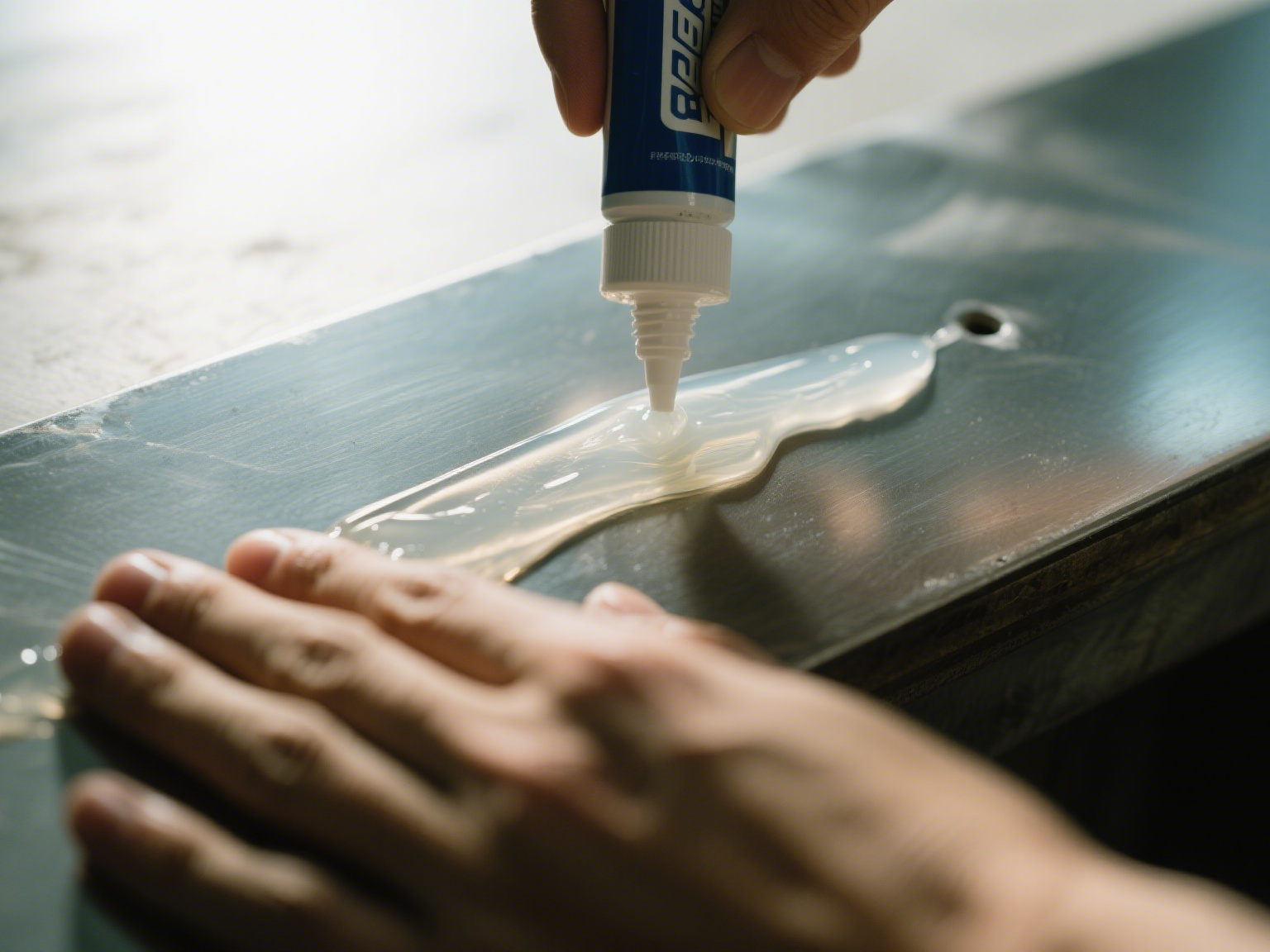
When I’m trying to bond metal with super glue, the first thing I always focus on is the surface. It really makes all the difference if you want the bond to hold.
Why Surface Preparation is Crucial for Metal
Think about it – metal surfaces are often smooth, and sometimes they can have a bit of oil or dust on them from manufacturing or handling. Super glue needs a clean, slightly rough surface to grab onto properly. So, I always start by cleaning the metal pieces with something like rubbing alcohol. This gets rid of any grease or grime that could interfere with the adhesion. Then, if the metal is very smooth or polished, I’ll lightly sand it with fine-grit sandpaper. This creates tiny scratches, almost invisible, that give the glue more surface area and texture to hold onto. It’s like giving the glue a better grip. If you skip this preparation step, the bond might look okay at first, but it likely won’t last very long, especially if there’s any stress, vibration, or temperature change on the joint.
Choosing the Right Super Glue Formula for Metal
Not all super glues are created equal. The standard thin liquid super glue can work for very small, light metal pieces that fit together perfectly. But for anything that needs a bit more strength or if there are small gaps between the metal parts, I prefer to use a gel super glue. Gel formulas are thicker, so they don’t run as much and can fill tiny imperfections better. Some brands even have formulas specifically labeled for metal bonding. These often have slightly different chemistry, perhaps with rubber toughening agents added, to help them handle vibrations or small impacts better than the basic kind. It’s worth checking the label to see if it’s recommended for metals, as these are optimized for such non-porous surfaces.
Understanding Super Glue’s Limitations on Metal
It’s also important to be realistic about what super glue can do on metal. Super glue is great for quick fixes on smaller metal items that aren’t under a lot of load or extreme stress. But it’s not a replacement for welding, brazing, or strong two-part epoxies if you need a really structural, heavy-duty bond. Also, super glue bonds can become brittle in very cold temperatures, which might make them fail. I once heard a neat tip from a colleague: if you’re gluing metal in a cold environment, gently warming the metal pieces a bit (not too hot, just warm to the touch) can help the glue cure faster and form a stronger initial bond. As always, if you’re unsure how it will perform, it’s a good idea to test the glue on a small, inconspicuous spot or a scrap piece first.
Is Super Glue a Reliable Choice for Your Woodworking Projects?
You have a small wood repair, and super glue is right there on your workbench. But you wonder if it will damage the wood, or if the bond will just not hold up over time.
Super glue can be used on wood, especially for quick fixes on small cracks or non-load-bearing parts. However, it can be brittle and doesn’t fill gaps well in porous wood compared to traditional wood glues.

Using super glue on wood is something I’ve done many times, but it’s a bit of a mixed bag. You really need to know when it’s the right tool for the job and when another adhesive would be better.
When Super Glue Shines on Wood
The biggest advantage of super glue for wood is its incredible speed. If I have a tiny crack in a piece of trim, or need to stick down a loose splinter or a small piece of veneer quickly, super glue is fantastic. It sets in seconds, so you often don’t need to bother with clamps for long periods, which can really speed up small repair jobs. It’s also good for delicate decorative pieces where you want a very thin glue line and minimal squeeze-out. I’ve also found it useful in model making with small wooden parts because it bonds so fast. The thin viscosity of some super glues can wick into tight cracks and stabilize them almost instantly, which is hard to achieve with thicker glues.
Key Drawbacks of Using Super Glue for Wood
However, super glue has its downsides when it comes to wood. The main one, in my experience, is that the bond is quite brittle once cured. Wood naturally expands and contracts with changes in humidity and temperature. A brittle super glue bond can crack or fail under this movement, especially over the long term. Also, standard super glue is not great for very porous woods or for filling gaps. It tends to soak into the wood too quickly on porous surfaces, leaving a weak bond on the actual surface where you need it. And if there’s a gap between the pieces, it just doesn’t have the body or the solids to fill it effectively like a dedicated wood glue would. Most super glues are also not waterproof, so they’re not ideal for anything that might get wet.
Smart Applications and Alternatives for Wood
So, I use super glue selectively on wood. For anything structural, like joining pieces of a chair leg, or for larger items that will experience stress, I always go for traditional PVA wood glue. PVA glue creates a stronger, more flexible bond that’s actually stronger than the wood itself when properly applied, and it cleans up easily with water before it sets. For bigger gaps or outdoor projects where water resistance is key, a good epoxy is usually my choice. One creative trick I’ve used with super glue on wood, which I picked up from an old woodworking forum, is to mix it with fine wood dust from sanding the same type of wood. This creates a paste that can fill small chips or dents, and it matches the wood color pretty well. You just have to work fast because, as we know, it sets very quickly!
Will Acetone Really Dissolve That Stubborn Super Glue Mess?
You’ve got super glue where it shouldn’t be, perhaps on a favorite tool or a finished surface, and it’s hardened like rock. Panic starts to set in when nothing seems to budge it.
Yes, acetone is very effective at dissolving cured super glue (cyanoacrylate). It works by breaking down the polymer chains. However, you must use it carefully as it can damage certain materials.

Acetone is often my go-to solution when I need to get rid of cured super glue. It’s pretty powerful stuff, but you absolutely have to know how and where to use it to avoid causing more problems.
The Science: How Acetone Breaks Down Super Glue
Super glue, which is chemically known as cyanoacrylate, works by a process called polymerization. When it’s exposed to moisture (even just the tiny amount in the air), it forms long, strong polymer chains that create the hard, plastic-like bond. Acetone is a strong solvent, and what it does is effectively attack and break down these polymer chains. It softens and eventually dissolves the cured glue, turning it back into a more liquid or gummy state that you can then wipe away. I’ve seen it work wonders on glue I thought was completely permanent. Sometimes, you might need to let the acetone sit on the glue for a few minutes, maybe covered with a cloth soaked in acetone, to give it time to penetrate and work, especially if it’s a thick blob of glue.
Which Surfaces Are Safe for Acetone (And Which Aren’t)?
This is where you need to be really careful, as I’ve learned the hard way a couple of times. Acetone is great on hard, non-porous surfaces like most metals (steel, aluminum), glass, and many ceramics. I’ve used it to clean glue off tools, unstick accidentally glued metal parts, or remove a misplaced bond on these materials without any issue. However, acetone can be a disaster on many plastics. It can melt, warp, fog, or discolor them very quickly. The same goes for painted or varnished surfaces; it will likely strip the paint or finish right off. And on delicate fabrics, it can cause damage or leave a permanent stain. So, I always, always test acetone on a very small, hidden spot first if I’m even slightly unsure about the material. It’s much better to be safe than sorry.
Safety First: Using Acetone Responsibly and Exploring Alternatives
When I use acetone, safety is absolutely key. It has strong fumes that can be irritating and are not good to breathe in, so I make sure I’m in a well-ventilated area, or even work outside if possible. If I’m using a lot of it or working in a confined space, wearing a respirator designed for organic vapors is a good idea. Acetone also dries out skin very quickly and can cause irritation, so wearing chemical-resistant gloves (nitrile gloves work well) is a must for me. If you’re dealing with a sensitive surface where acetone is too risky, or if it’s on your skin, there are other options. For skin, gently peeling or using warm soapy water and an oily substance like petroleum jelly or vegetable oil is much safer. For some delicate materials, a gentler citrus-based cleaner like Goo Gone might work, though it might take longer and require more patience. Often, patience and gentle mechanical action are part of the process with these less aggressive methods.
Conclusion
Cleaning Gorilla Glue needs quick action for wet spills or specific solvents for dried. Super glue bonds metal and wood effectively with proper care, while acetone dissolves it, but always test surfaces first.

